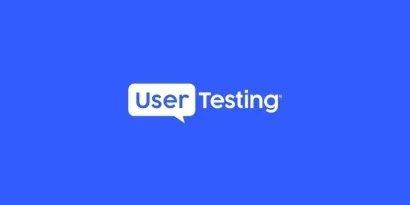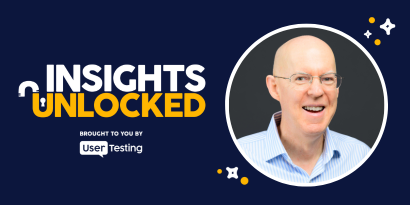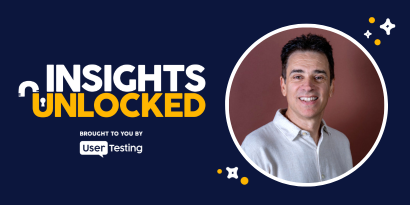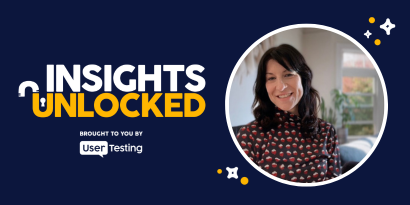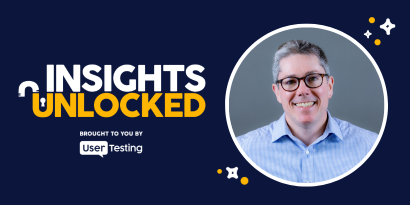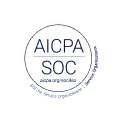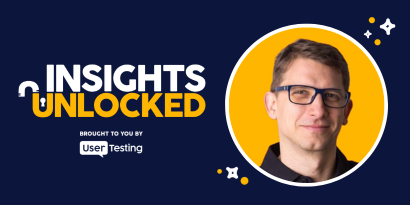
Episode 35 | March 14, 2022
How human insight drives UX and business success
Jim Kalbach shares how human insight and user research drive better UX, business impact, and customer experience in this candid podcast conversation.
Listening to your users: Why human insight is your competitive edge
Imagine building a bridge without ever visiting the river it needs to cross. That’s what creating products without customer feedback is like—an ambitious effort with a high chance of missing the mark. In episode 35 of Insights Unlocked, Jim Kalbach, Chief Evangelist at Mural and author of The Jobs to Be Done Playbook, joins Janelle Estes to talk about how human insight shapes meaningful user experiences and why it’s time to get out of the UX echo chamber.
“If you've ever done a usability test and seen someone wince or cry, you know how valuable that information is.” — Jim Kalbach
Kalbach brings his dual perspective as both a user experience veteran and a business strategist to the conversation, offering a grounded, empathetic take on the future of product design and customer experience. Let’s unpack the key takeaways from their discussion.
Speaking beyond the choir: human insight as a business case
One of the central challenges addressed in the episode is how user researchers and designers often preach to the converted. “I agreed with every word of [the book],” Kalbach admits. “But I put on this external hat... and I was thinking, how is this going to hit them?”
Kalbach urges UX professionals to move beyond familiar audiences and frame their arguments in a way that resonates with business stakeholders. It’s not enough to say human insight is valuable—we need to show how it drives customer experience and measurable outcomes.
“You need to show evidence and proof to a broader audience. Not that you give up your values, but you appeal to a broader audience.”
This means blending empathy with data, storytelling with outcomes. In essence, connecting the emotional depth of qualitative research with the sharp clarity of business metrics.
From gut instinct to guided decisions: the role of user testing
Kalbach and Estes highlight a case study that illustrates this balance perfectly. A fast-food chain was preparing to A/B test eight login button designs—but rather than guess, they first used user testing to narrow the field.
“They came up with three clear winners, and that's what they used in their actual live A/B test and saw the results,” Estes explains.
This anecdote underscores the power of user research not as a bottleneck but as a springboard. The research didn’t delay decision-making—it improved it. When human insight leads the way, teams avoid wasted effort and double down on designs that actually work.
Metrics aren’t always meaningful: the trap of over-optimization
The conversation also surfaces a cautionary tale: metrics without meaning can be deceptive.
“You can get reliable results that don’t match the real world,” Kalbach warns.
He explains the difference between validity (measuring the right thing) and reliability (measuring consistently). A metric might be precise, but if it’s not capturing reality, it leads you astray. It’s like hitting the same spot on a dartboard repeatedly—only to realize you’re not aiming at the bullseye.
This metaphor illustrates a vital point: qualitative research provides the sensibility needed to interpret metrics meaningfully. Without it, businesses risk mistaking efficiency for effectiveness.
The echo chamber effect: how to engage skeptics and allies alike
A recurring theme in the episode is the danger of insularity—UX professionals only talking to each other.
“It’s us talking to ourselves,” Kalbach reflects. “Researchers talking to researchers.”
To combat this, he suggests reframing insights using logic that others can relate to. That might mean showing how better UX leads to increased conversions, lower churn, or higher customer lifetime value.
Storytelling also plays a crucial role. Kalbach encouraged Estes to weave more examples and case studies into her book, advice that led to a richer, more engaging final product.
“The case studies you chose—they’re amazing. They bring the book to life,” Kalbach says.
Balancing experimentation and empathy: it’s not either/or
Kalbach acknowledges that some companies find success through pure experimentation—build, measure, learn—without formal user research. But he’s quick to note what they miss.
“Every great company started with a hunch, not something you can measure,” he says.
Human insight doesn’t just reduce risk—it reveals opportunities. It’s the “aha” moment, the spark that leads to truly differentiated experiences. And while A/B tests help optimize existing solutions, qualitative research uncovers unmet needs and hidden pain points.
This is where empathy enters the equation. Observing how real people interact with your product—where they hesitate, struggle, or smile—can unlock the kind of breakthroughs metrics alone can’t deliver.
Building a case for customer-first strategy
For organizations serious about customer experience, the message is clear: human insight isn’t a luxury; it’s a necessity.
To apply the lessons from this episode, consider:
- Pairing usability testing with experimentation to guide design choices
- Using case studies and stories to frame your insights for non-UX stakeholders
- Measuring what matters—seeking validity, not just reliability
- Avoiding the echo chamber by aligning insights with business metrics
- Viewing customer feedback as both a mirror and a map—it reflects what’s happening now and guides what to do next
By embracing these principles, companies can foster innovation rooted in empathy, clarity, and strategy.
Final thoughts from Jim Kalbach
As the episode wraps, Kalbach offers a toast—not just to the book, but to the ongoing journey of advocating for the customer voice inside organizations. He acknowledges the endurance it takes to champion human insight and the importance of pushing boundaries in how we communicate its value.
“Writing a book takes a lot of wherewithal and persistence... but it’s worth it when it brings insight to more people.”
That sentiment encapsulates the heart of this conversation: human insight isn’t just about better products—it’s about better conversations, better decisions, and ultimately, better outcomes.
